Hundreds of protesters stormed the legislature building in Hong Kong on the 22nd anniversary of the city’s handover to Chinese rule on July 1, smashing up glass doors to break in.
The storming happened as anger escalated over a proposed bill that would allow extraditions to China.
Earlier, an annual march opposing the Chinese regime’s encroachment over city affairs was attended by 550,000, according to organizers. It began at roughly 3 p.m. and ended around 9 p.m. local time. The march is themed around a different issue every year; this year, protesters called for the extradition bill to be scrapped.
In recent weeks, growing protests to the bill pressured the city’s leader to announce on June 15 that the bill would be indefinitely suspended. But many Hongkongers remained unsatisfied.
A separate group of around a thousand protesters had laid siege to the Legislative Council (LegCo) building starting in the early afternoon, according to local media.
A small group of students wearing hard hats and masks then started using a metal trolley, poles, and scaffolding to repeatedly charge at the building’s reinforced glass doors, which finally shattered and broke at around 3 p.m.
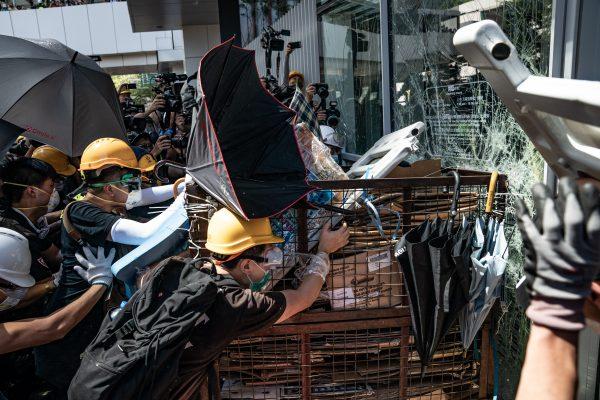
Hundreds of protesters rushed into the building after prying open the steel security gates in the lobby at around 9 p.m. Once inside, they tore down portraits of LegCo leaders and spray-painted slogans on the walls of the main chamber, such as “Retract [the bill],” “No extradition law,” and “The people were forced to rebel by authorities.”
Many who remained outside chanted similar slogans, calling for universal suffrage to elect the city’s leader, who is currently voted in by an electoral committee consisting of mostly pro-Beijing elites.
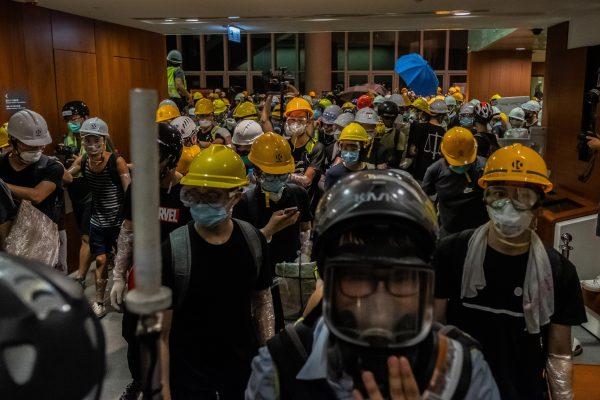
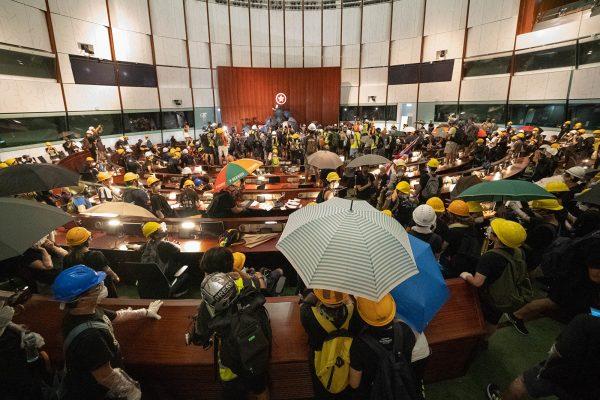
During earlier standoffs outside the building, police had raised red flags to warn protesters not to continue charging, or else force was to be employed. Riot police in helmets and carrying batons also fired pepper spray as the standoff continued into the sweltering heat of the evening.
As protesters entered the building, the police retreated in an apparent attempt to avoid confrontations, letting the protesters take over the building.
At 10:21 p.m., about an hour after protesters entered the building, the police published a video on social media where an unnamed spokesman condemned the protesters as “rioters.” He also announced in the video that police forces were to arrive shortly at the scene to start “clearing the field.”
“If there is any obstruction or resistance, the police will employ force accordingly,” the spokesman said. He urged protesters to swiftly leave the area around the building.
Following the police’s announcements, some protesters started retreating from the building at around 10:30 p.m., while a portion remained inside. Some 30 protesters reportedly locked themselves inside the main chamber, refusing to leave.
A statement has since been released by protesters who chose to remain inside: “The current government of the Special Administrative Region [Hong Kong] is no longer what Hongkongers have envisioned, and the legislature … has become a political tool. We are thus forced to take various noncooperative actions, and hence today’s besieging of the LegCo.”
At roughly 11:30 p.m., a group of protesters who remained inside the chamber were debating whether to retreat. Some decided to peacefully leave the building before 12 a.m. and urged the police not to forcibly clear the space, but a few wished to remain, according to Voice of America.
Around the same time, local rights group Hong Kong Human Rights Monitor made an “urgent appeal,” releasing a public statement asking police to engage in peaceful negotiations with the protesters.
Around midnight, however, scores of police geared with batons and shields started pushing toward the LegCo building; police then started firing tear gas to disperse protesters outside the building.
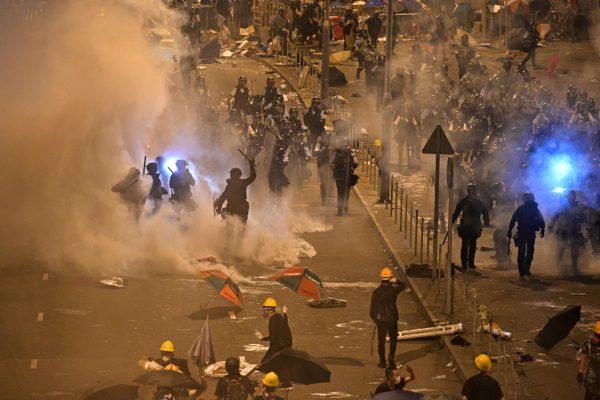
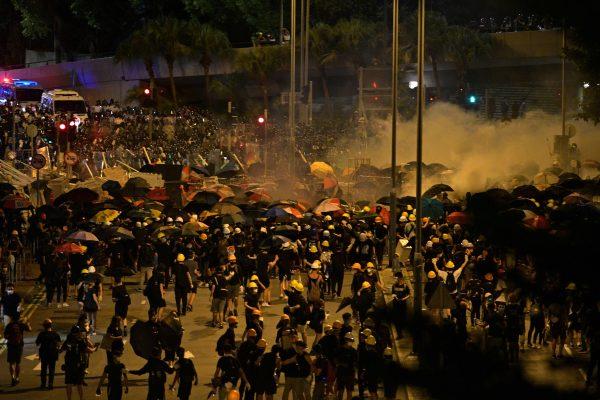
A group of police entered the building and began pounding their riot shields as they approached the main chamber. At the time, there were four protesters remaining inside.
At roughly 12:30 a.m., the four left the premises. Police outside began to clear away barricades that protesters earlier set up, and also fired tear gas to disperse remaining crowds.
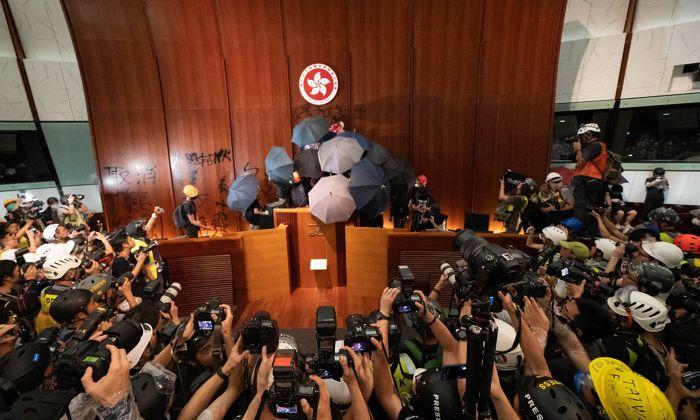


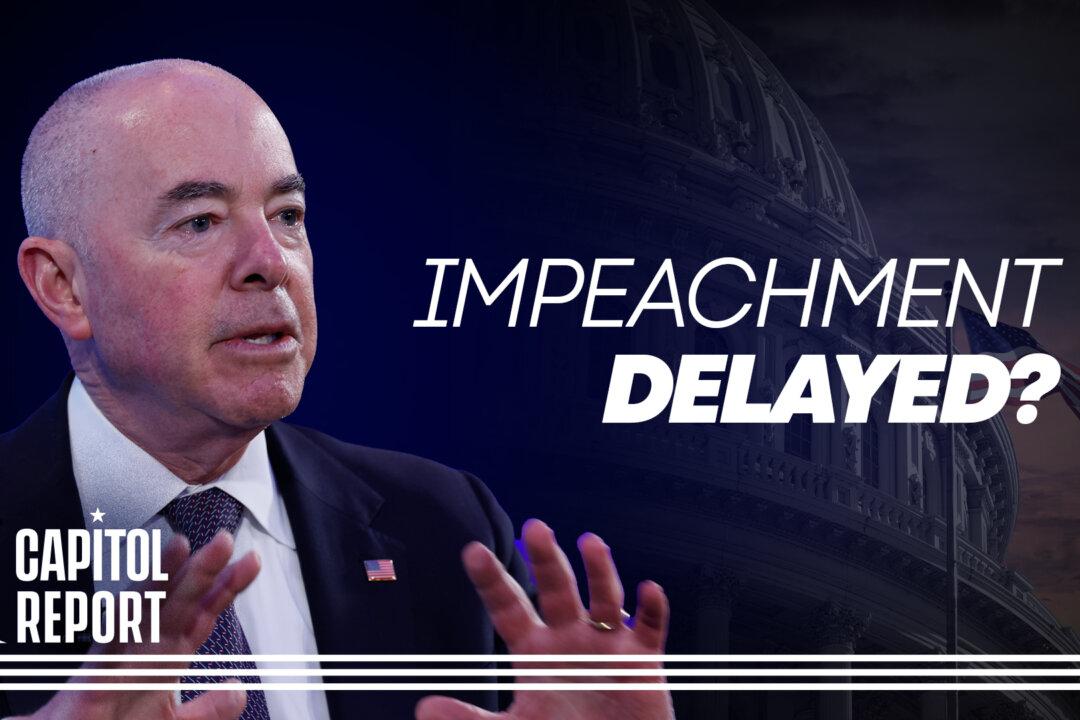

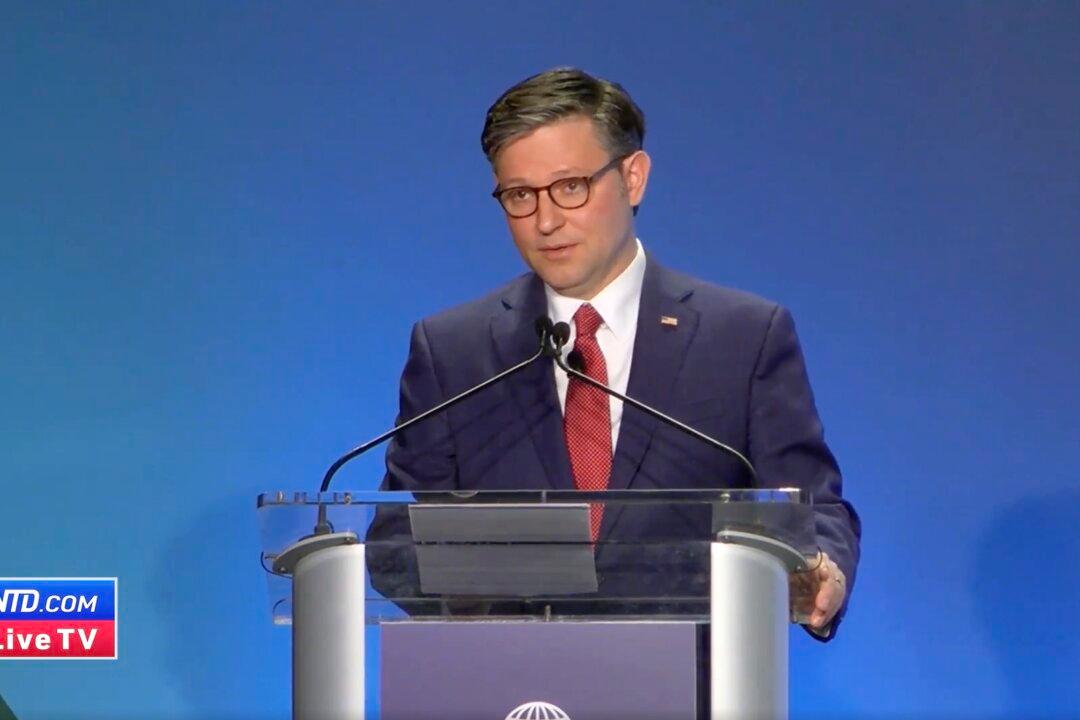
Friends Read Free